It’s been a perennial story of one step forward, one step back for Manchester United under Jose Mourinho. The Red Devils managed to snap a run of four games without a win in the Premier League with a 4-1 victory over Fulham at the weekend; it speaks volumes about the state of the club that a victory over the league’s bottom side at home is held up as a sign of progress. But that victory sparked hopes of an improved showing from the side away to Valencia in the final Champions League group game, where there was still a chance of nicking the top spot from Juventus. As it turned out, the Old Lady did lose their game to Young Boys, but United could not take advantage, succumbing to a 2-1 defeat, with an extremely poor performance to match the scoreline.
Lineups
Despite having nothing to play for in this group stage game, Marcelino sent out a strong side at the Mestalla, with Dani Parejo captaining the team from midfield, and a two-man strikeforce of Michy Batshuayi and Santi Mina supported by Carlos Soler and Denis Cheryshev from the wings.Jose Mourinho, on the other hand, rung the changes ahead of Sunday’s clash versus Liverpool. Paul Pogba, Fred and Marouane Fellaini played in midfield, while Antonio Valencia was reinstated at right-back and Marcos Rojo played at left-back. Sergio Romero was in goal, with the youngsters Mason Greenwood and James Garner finding places on the bench.
Lack of width or incision from United
As can be seen from the lineup, there was a lack of natural width in the side. Mata and Pereira, the nominal wingers, are both more comfortable playing in central areas, and indeed, both players kept coming inside, which caused congestion and contributed to a lack of dynamism.
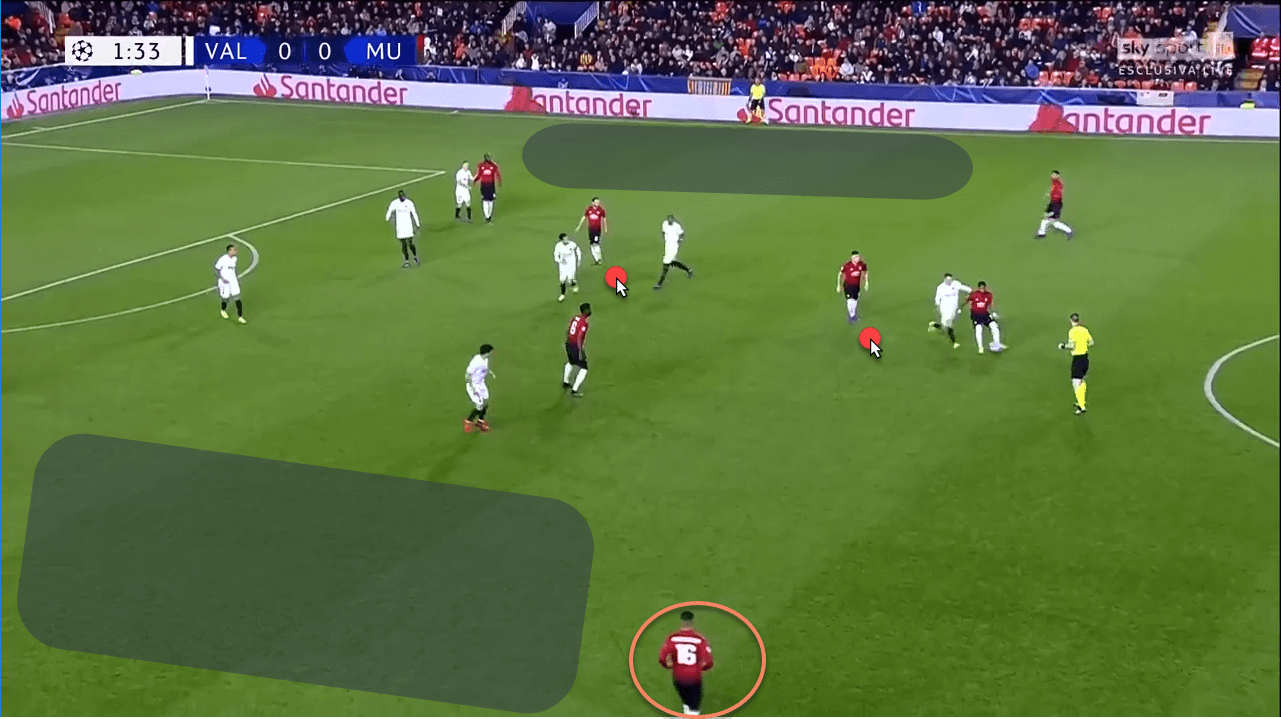
This lack of width from midfield should have at least given the full-backs license to fly forward and stretch Valencia, but even this was not forthcoming. Both Rojo and Antonio Valencia rarely ventured forward, with the result that United were too narrow and predictable, and consequently, Valencia found it fairly simple to defend against their sporadic attacks. This was exacerbated by a complete lack of incision or urgency from midfield – hardly anyone attempted to break the lines and make a run beyond Valencia’s defence. Fred, Pereira, Pogba and Mata were all content to sit and play in front of the home side, and combined with the aforementioned lack of width, this led to United offering little to no threat to Valencia, especially in the first half.
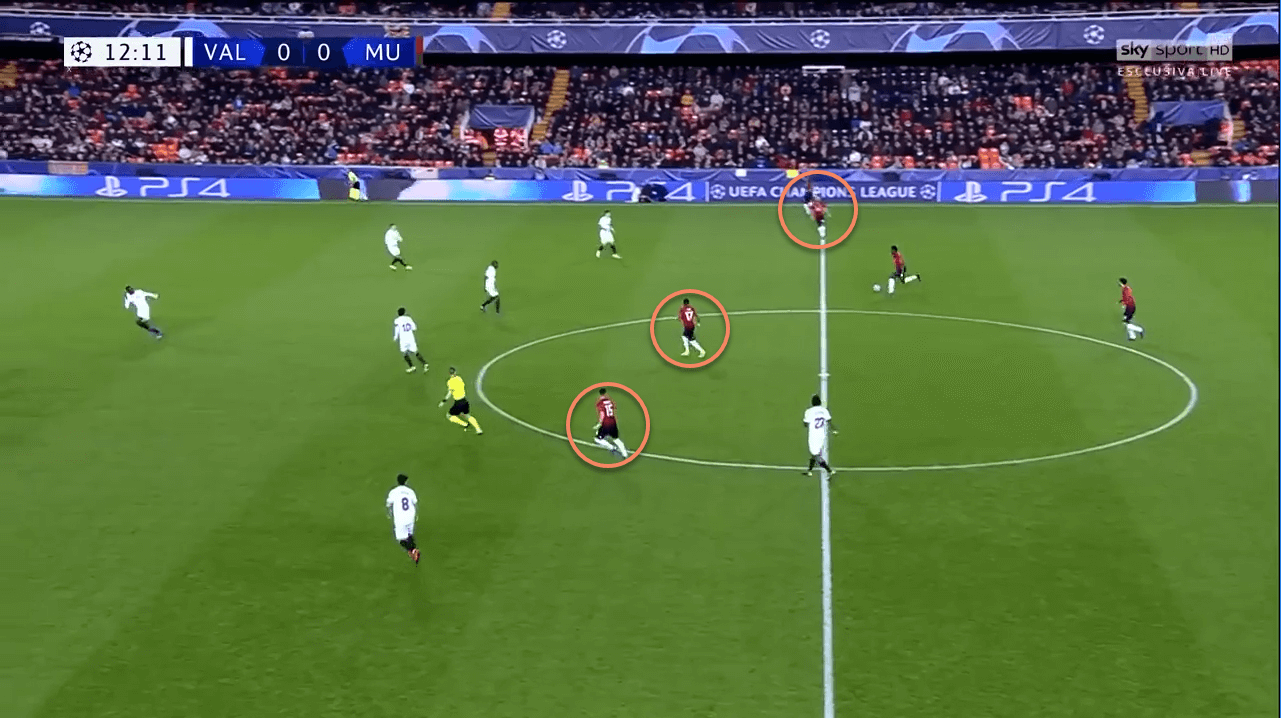
Disjointed midfield fails to protect average defence
United’s defensive travails this season are well documented and need no further introduction. An ever-changing cast of defenders has failed to stop the rot, and their problems have been magnified by the failure of the midfield to provide any sort of protection. While Nemanja Matic was left at home for this game, he has been a shadow of his former self this season, so the hope was that another of United’s midfielders could step up and take up the task of shielding the backline. Those hopes were dashed, as none of Fred, Fellaini or Pogba did a decent job of covering for their defensive colleagues. The midfield was disjointed and flat, which allowed Valencia time and space to play passes between the lines or out wide.
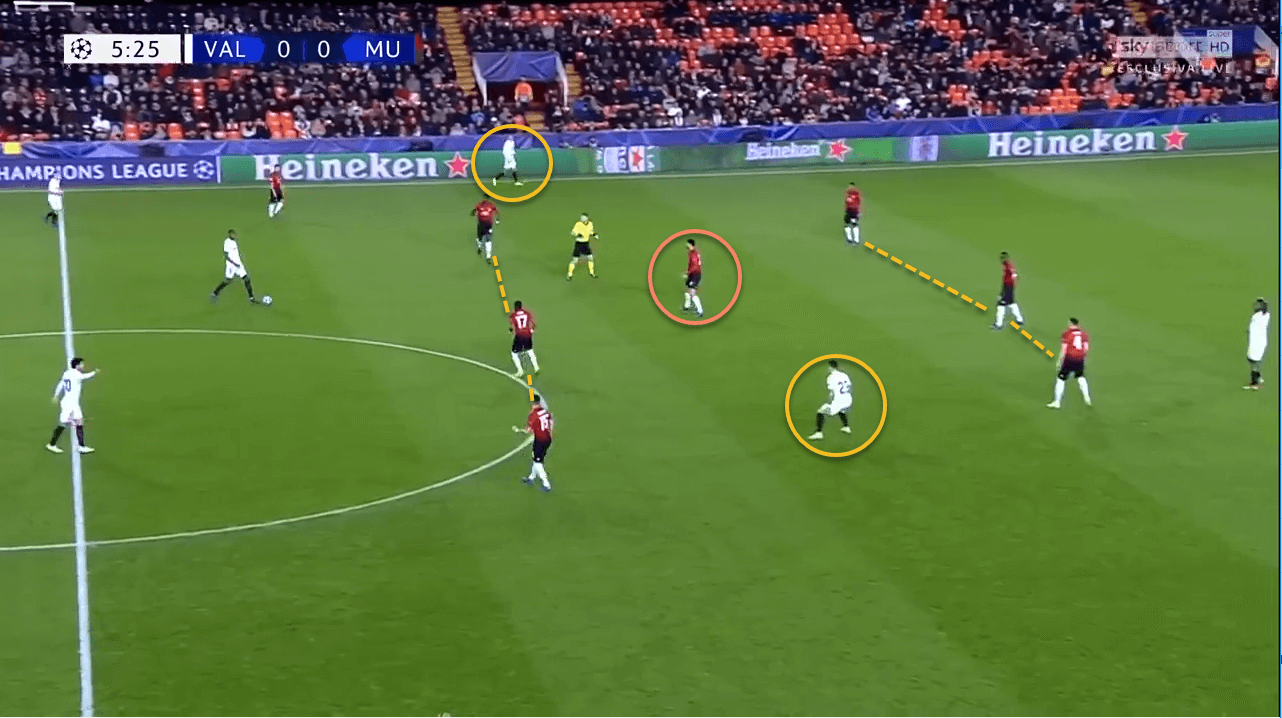
This was quite evident in the buildup to Valencia’s first goal, as the images below show:
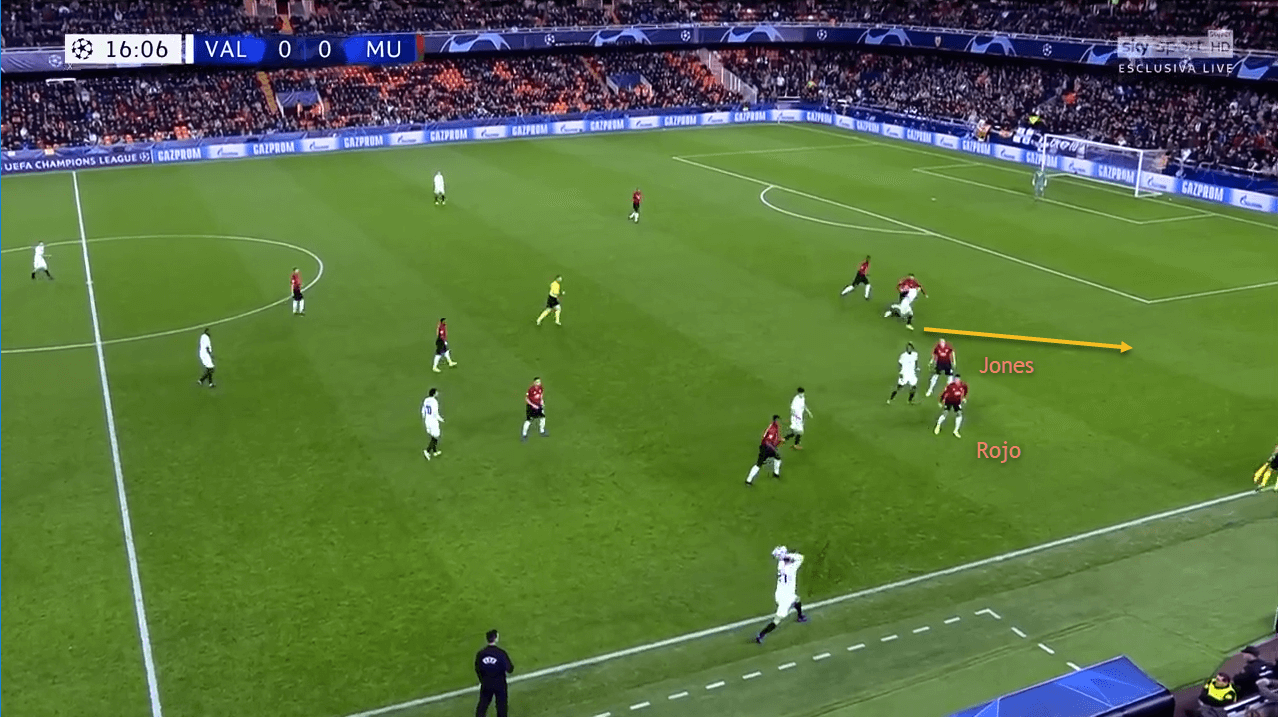
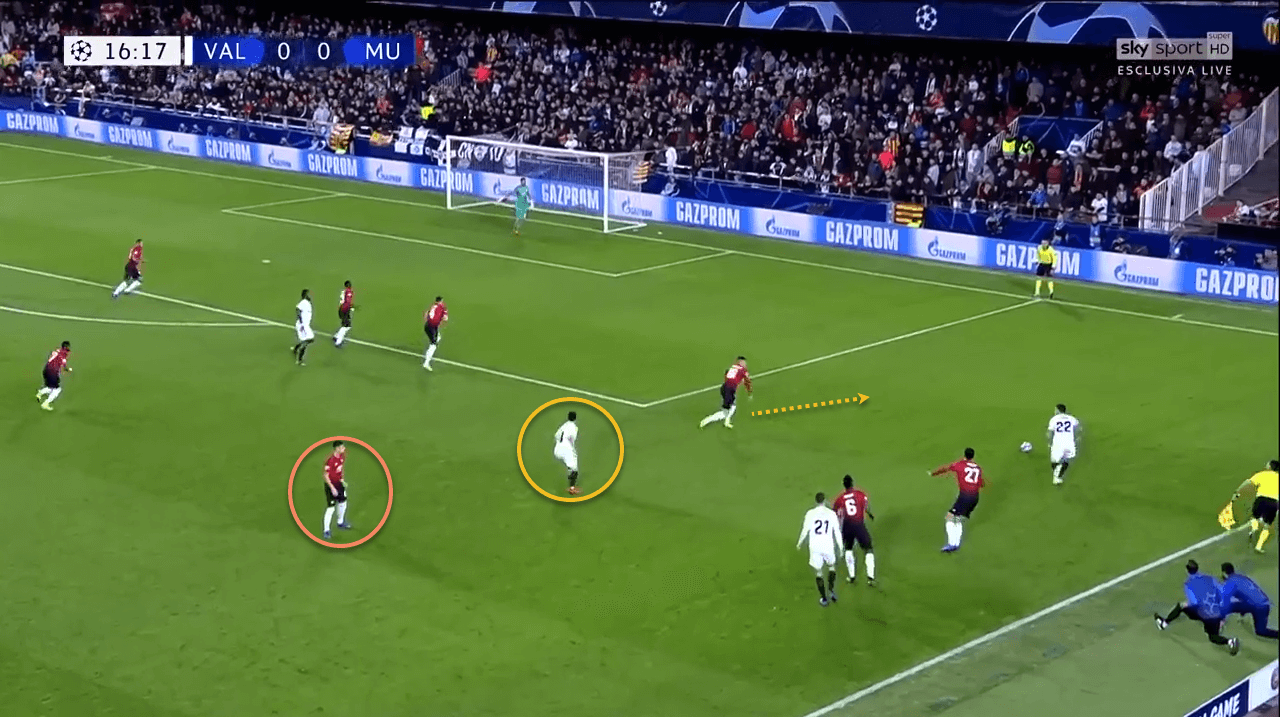
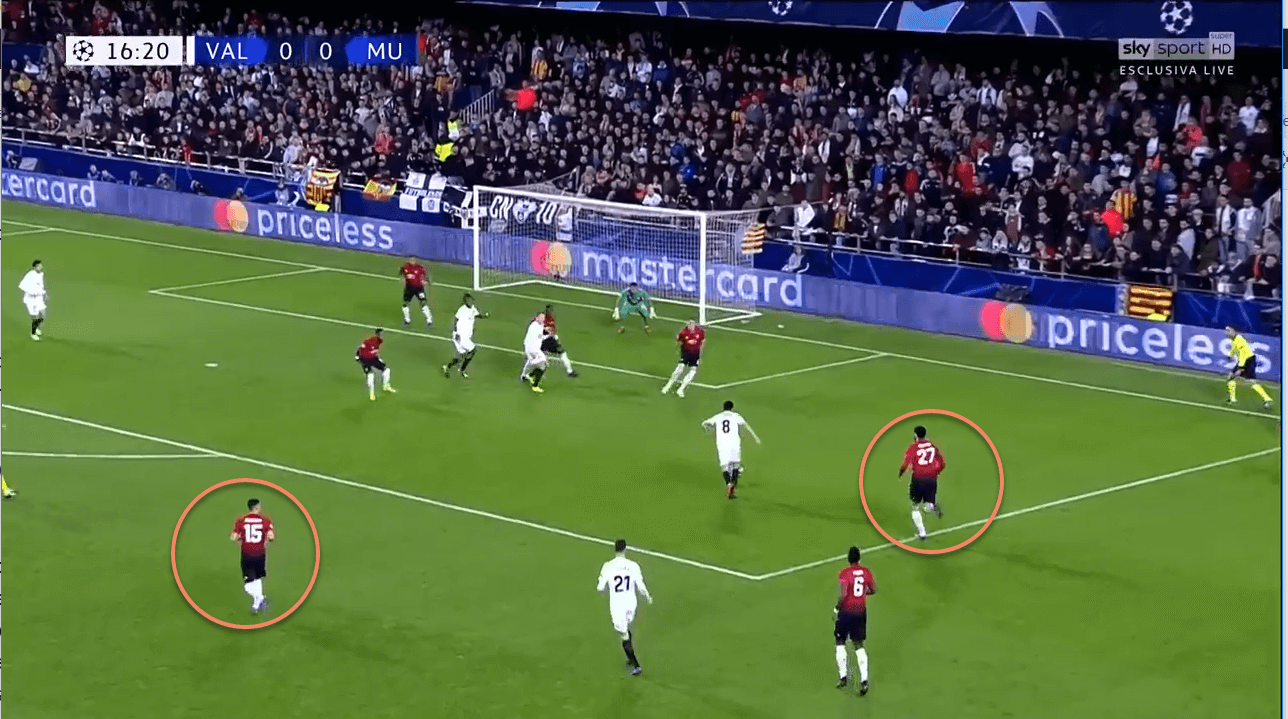
Conclusion
Jose Mourinho stated that he had learnt “nothing new” about his side after this game, and it was hard to disagree with the Portuguese manager. United were everything that we have come to expect from them this season – passive, narrow, lacking in intensity and dynamism, and defensively poor. It has taken individual displays to haul the team out of troubling situations, but even that was not forthcoming at the Mestalla on Wednesday night. Tactically, United seem stuck in the past, and Sunday’s visit to Anfield looms ominously as a reminder of what can be achieved through solid, progressive coaching.
If you love tactical analysis, then you’ll love the digital magazines from totalfootballanalysis.com – a guaranteed 100+ pages of pure tactical analysis covering topics from the Premier League, Serie A, La Liga, Bundesliga and many, many more. Get your copy of the FIRST of two December issues for just £4.99 here or preorder the SECOND of the December issues with an annual membership right here.

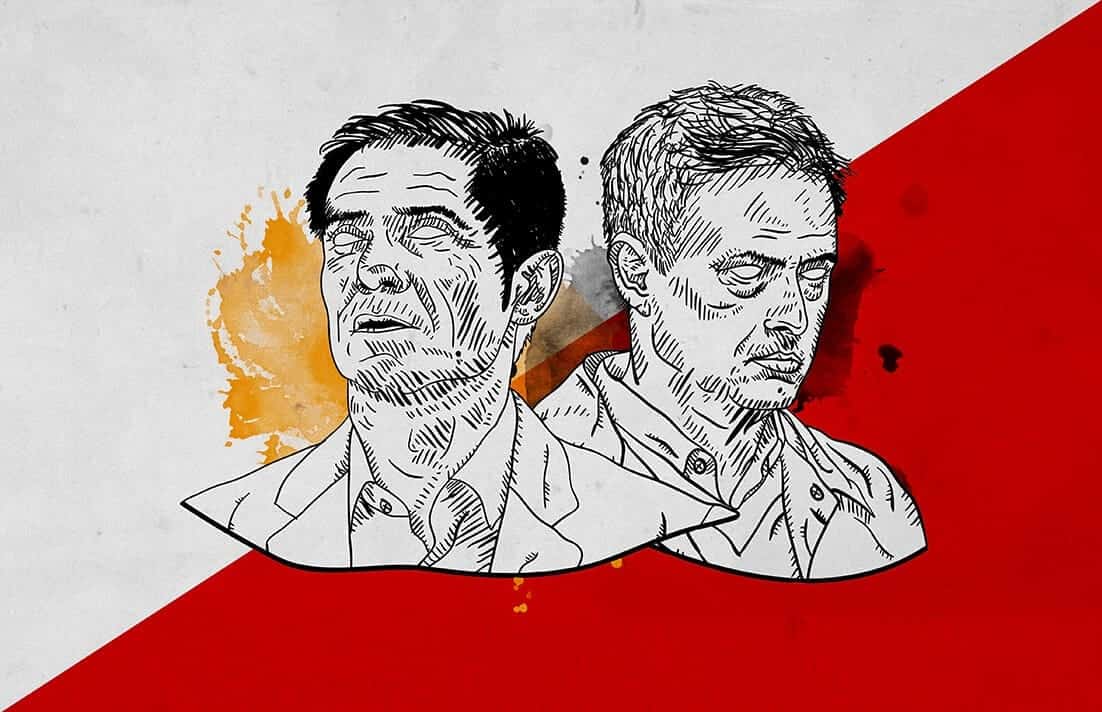



Comments